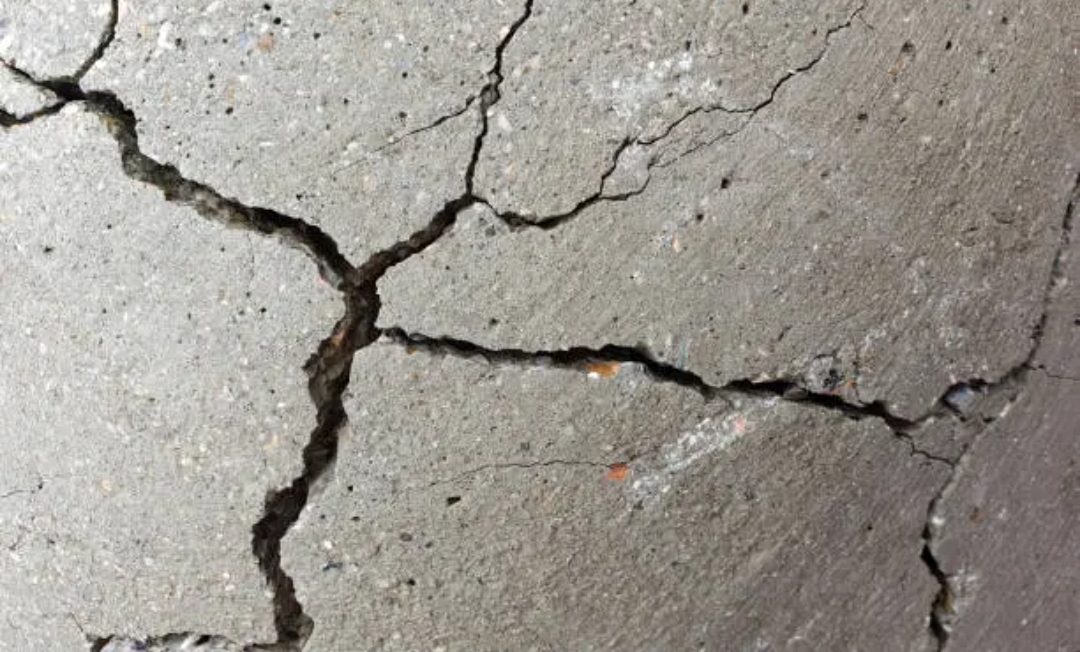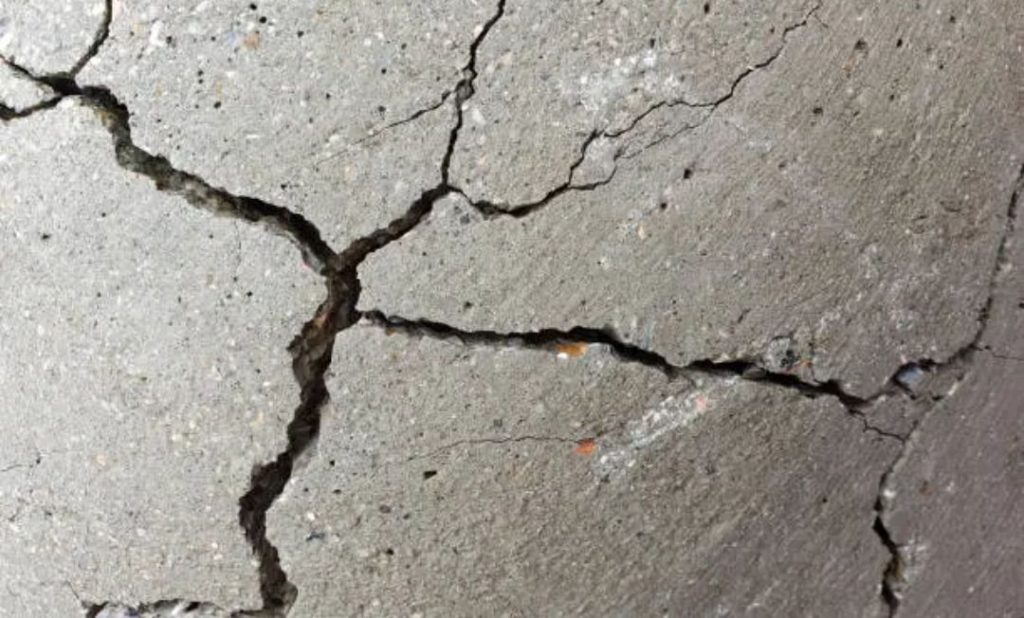Shocking Double Earthquake Strikes UK! Exclusive Footage and Reactions Inside – Is the Ground Beneath Us Unstable?”

the Scottish Highlands recently experienced not just one but two earthquakes in less than nine hours, leaving locals both bewildered and anxious about the possibility of a larger natural disaster. The earth’s movement, compared to the thunderous sound of a military jet, unsettled residents in Morvern and the Treshnish Islands off the Argyll coast, challenging the usual tranquility of the area.

This seismic event is part of an ongoing series of mysterious tremors that have been occurring in the Highlands over recent months. It raises questions about what might be happening beneath the earth’s surface and whether these earthquakes are warning signs of a more significant geological event in the future.
The first tremor, measuring 1.4 in magnitude, struck Morvern at 12:18 pm on a Wednesday. Before the community could fully comprehend what happened, a second quake, registering a magnitude of 1.1, occurred at 8:43 pm in the Treshnish Islands, adding to the sense of shock among locals. The unusual coincidence of two earthquakes in such close succession raises concerns about the region’s stability and the potential for additional seismic activities in the future.
These recent earthquakes add to a crescendo of tremors that have been shaking the Highlands since October 10, with Morvern being the epicenter of at least 13 recorded quakes. While the UK experiences around 200-300 earthquakes annually, most go unnoticed due to their small magnitudes. However, the recent surge in seismic activity begs the question: is nature trying to tell us something?
The science behind these earthquakes unveils a fascinating geological tale. The largest-known Scottish earthquake on land occurred near Loch Awe in 1880, boasting a magnitude of 5.2. The geological ballet in the UK, particularly in Scotland, is often attributed to glacial rebound the slow rise of rocks that were pushed down by the weight of ice during the last Ice Age. As these rocks gradually ascend, occasional earthquakes accompany their ascent, creating a seismic dance beneath our feet.
The UK is not immune to the tectonic forces shaping our planet. The expansion of the Atlantic Ocean and the northward motion of Africa into Europe contribute to the tectonic stresses felt in the region. As the entire Eurasian continent is slowly pushed eastward, the resulting friction and pressure occasionally manifest in earthquakes, providing a unique insight into the dynamic forces at play beneath our feet.
Residents near the epicenters reported an array of sensations. Some mistook the tremors for the roar of a military jet, while others described it as a low rumble akin to a heavy vehicle passing by. The diversity in experiences adds an element of mystery to the seismic events, leaving scientists and locals alike intrigued by the enigma unfolding beneath the tranquil surface of the Highlands.
As the earth beneath the Scottish Highlands continues to stir, these twin earthquakes serve as a stark reminder of the ever changing and dynamic nature of our planet. While scientists delve into the geological intricacies, the rest of us are left to marvel at the raw power that lies beneath our seemingly solid ground. Are these quakes a mere prelude to a larger geological event, or is nature merely stretching and settling in its restless slumber? The above news have been confirmed by a recently published article on The Mirror.




